As a Dutch philosopher once stated: “Prevention is better than cure”. For people who love their tricycles and wish to continue enjoying them for a long time, this saying holds particularly true. A tricycle breakdown is not the end of the road, but all true riders know how unsafe, inconvenient and costly a common breakdown can be.
Not only is it wise to try and avoid breakdowns, but it turns out that is also quite simple. Here are some elementary measures to take to ensure that your 3-wheel bike remains in top condition, and the risk of personal and financial damage remains at its minimum.
#1. TIRES CHECK
At the optimal levels of air pressure, the tire performs best: traction is great, and the risk of flat tires is lowest. The ideal air pressure ensures that the tire remains robust, traction is at its best, and risk of puncturing is lowest. So, it goes without saying that the secret to ensuring long life for your tire is to constantly make sure that air pressure is at optimal level.

But the "ideal air pressure" is not fixed for all tires. Factors such as the weight of the rider, the smoothness of the terrain and the riders’ preferences affect the ideal air pressure.
The good news is, the sidewall of your tire contains an inscription by the manufacturer informing you of the optimal air pressure range for that particular tire. For most electric trikes, it ranges from 28-30pounds per square inch (PSI). Some manufacturers are even meticulous enough to provide two different figures: one for rougher terrains and the other for smoother roads.
Using a pressure gauge, check your tire and adjust the air pressure periodically. This will guarantee that the tire remains in good health and ready to support your trike on the next adventure.
#2. BRAKE PADS CHECK
Faulty brakes is a one-way ticket to disaster island. With tricycles, faulty brakes are mostly caused by worn out brake pads. Every time the brake lever is pulled, the brake pads instantly spring into action, creating the friction that brings the bike to a halt.

Over time, the continuous friction could cause the brake pads to become worn out, loosing traction and diminishing in thickness. Riders with faulty brake pads have reported hearing weird noises every time they pull the brakes, or witnessing noticeable reduction in brake performance. These are all symptoms of worn-out brake pads.
Sometimes, remove the brake pads and inspect them carefully. Look especially for signs of wear and tear. If the pads have diminished below their recommended size, it is time to replace them. Even without prior training, it should be apparent if your trike needs new pads. With new brake pads, safety and reliability are restored, and you are cleared to get back on the move.
#3. BOLTS AND FASTENERS CHECK
It may not be easily noticeable, but the entire frame of your trike is held together at crucial points by bolts and fasteners. Mostly, they are fastened firm, and the tricycle remains taut and held together.
Over time, the continuous movement of the trike could cause these bolts to gradually come loose. If unchecked, the entire frame could become weak, wobbly and loose. Remember your trike not only supports the rider’s weight, but also the extra weight of any cargo being transported.

Whenever you clean, make sure to check the seat, handlebars, stem and even your riding accessories for any loose bolts and fasteners, tightening them where necessary. This will crucial for safety and security.
#4. SPOKES AND NIPPLES CHECK
When technicians speak of a rim being “true”, they are referring to the process by which the spokes maintain the structural integrity of the rim and the entire tire. Spokes are attached to the little nipples on the rim of the tire. Turning the nipple increases or decreases the tension on the spoke, pulling the entire rim to the right or left accordingly. Manufacturers balance the tension on the nipple, so that the rim is held in perfect stability.

Any damage to the spoke means that this equilibrium is disturbed, and the structure of the tire is compromised. To keep the structure and balance of your tire, inspect the spokes for any signs of damage, bends, missing nipples, loose or uneven spokes. Tighten, fasten and straighten where necessary. Then it is time to start rolling.
#6. CHAIN CHECK
Tricycles have a lower frame than traditional bikes, and thus the tricycle chain is even closer to the ground. As you ride your tricycle, is inevitable that the chain picks up dust, dirt and grime from the surface. If left to accumulate over a long time, the chain becomes clogged and stiff, making paddling a nightmare.
To ensure and protect the smoothness of your ride and the efficiency of your tricycle, clean the chain regularly with mild degreased or any chain-specific cleaning solution. Then dry and with a cloth or allow it to air dry. Then proceed to lubricate the chain with an appropriate chain lubricant, ensuring that the lubricant penetrates the chinks in the chain.
Riding a bike with a clean chain is like riding a new bike: the ride is as smooth and effortless.
#6. RAIN CHECK AND SUN CHECK
Several tricycles like those in the Viribus collection have solid frames made of durable material like carbon steel. This ensures that the frame is protected from rust and does not wear easily. However, over time, continual exposure to sunlight, rain, snow and wind could accelerate the speed of wear and tear.

As such, it is important to pay attention to where the tricycle is stored. Ensure it is out in a dry area, secluded from moisture. It is highly advised to wrap the trike in a protective cover for extra protection. In case of exposure, don not hesitate to take immediate action: clean and keep it dry and safe again.
These tips will ensure that your trike not only survives for long time, but also serves your needs in an efficient and reliable manner. For more information, and a display of some amazing adult tricycles, check out the Viribus collection. Now you know where to go for valuable tricycle information and some of best tricycles in the market.

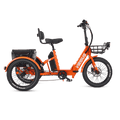
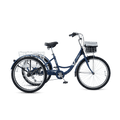
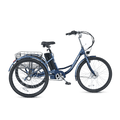
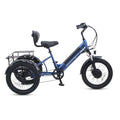
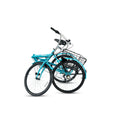
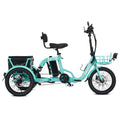

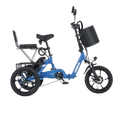
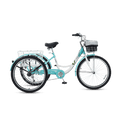
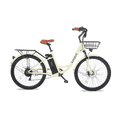
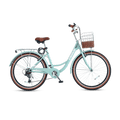
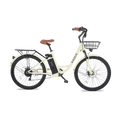
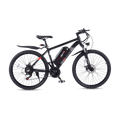
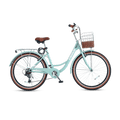
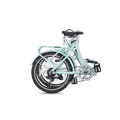
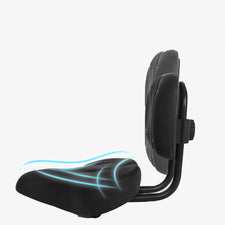





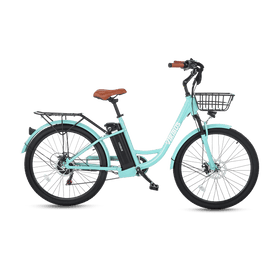
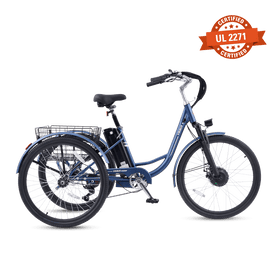
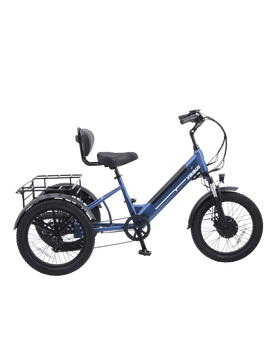



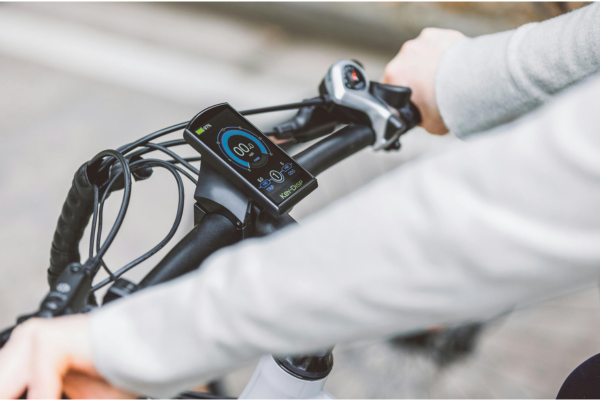
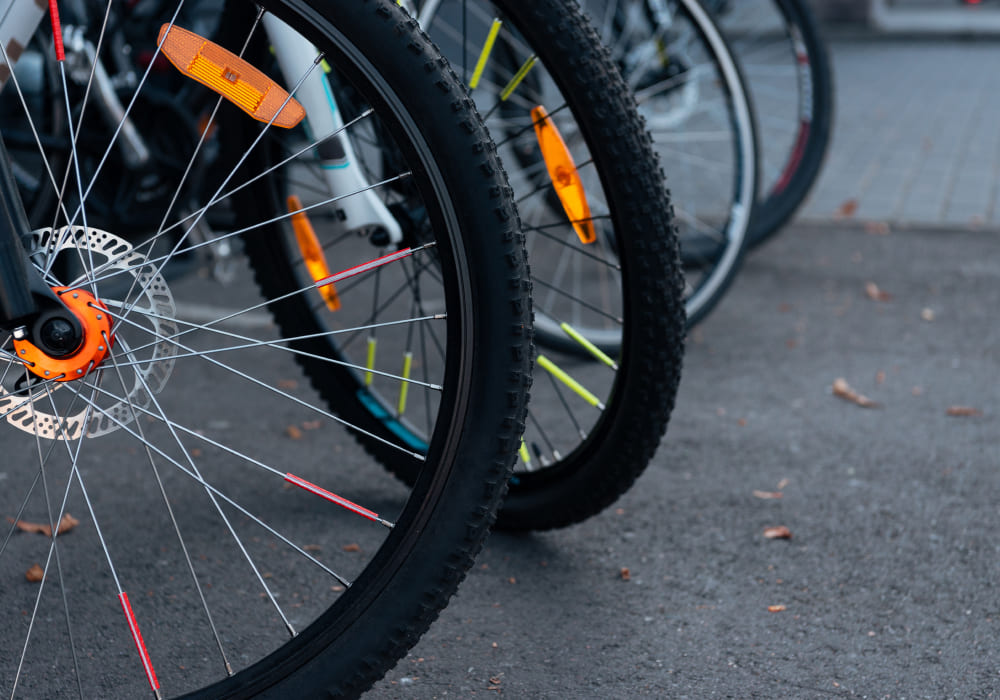
Leave a comment
All comments are moderated before being published.
This site is protected by hCaptcha and the hCaptcha Privacy Policy and Terms of Service apply.